Autumn in Japan is often celebrated as a season for food, sports, and the arts, with stunning scenery and seasonal events all around. You may have noticed that autumn in Japan is often associated with phrases like "Autumn for ___," and today, we’re diving into the background of "Autumn for Reading" and introducing five unique libraries worth visiting. Enjoy a cozy time in these "halls of knowledge" surrounded by the scent of books.
* If you purchase or make a reservation for the products introduced in the article, a part of the sales will be FUN! It may be returned to JAPAN.
Why Is Autumn Considered the Season for Reading? A Poem by Han Yu and a Novel by Soseki Natsume

A Poem by Han Yu and a Novel by Soseki Natsume
The origin of "Autumn for Reading" traces back to a verse in Fu Dushu Cheng Nan, a poem by the Chinese poet Han Yu, where he stresses the importance of study to his son. In this poem, Han Yu writes about the pleasure of "reading by lamplight." Over time, this idea reached Japan and became associated with the image of autumn nights—an ideal season for enjoying a good book in pleasant weather.
Later, during the Meiji era (1868–1912), renowned author Natsume Soseki introduced this idea to wider Japanese society by quoting the poem in his novel Sanshiro. This helped popularize the phrase "Autumn for Reading," making it an enduring part of Japanese culture.
📚Read Natsume Soseki's "Sanshiro" (Amazon)
📚Read Natsume Soseki's "Sanshiro" (Yahoo! Shopping)
Japan's "Reading Week"
Japan’s “Reading Week” originally began in 1924 as "Library Week." After a brief hiatus, it resumed in 1947. Initially lasting one week, it was later extended to two weeks, now running from October 27 to November 9 each year.
Additionally, Japan promotes reading throughout the year with initiatives like “Spring Reading Week” and “Children’s Reading Week,” often organized by schools and libraries. These programs play a vital role in highlighting the importance of reading year-round and encouraging young readers to develop a passion for books.
Why Is Autumn Ideal for Reading?
Beyond historical reasons, autumn in Japan offers cool, comfortable weather—perfect for getting lost in a book. As the days get shorter and nights grow longer, there’s ample time to unwind and read after a day of work or household tasks.
Japanese Library Trivia: Book Classification

Types of Libraries in Japan
Japan offers various library types, each serving different purposes and audiences, but all play an essential role in learning.
National Libraries: Support legislative and research activities of the National Diet and comprehensively collect domestic publications.
- Public Libraries: Include “public libraries” managed by local governments and “private libraries” operated by organizations.
- University Libraries: Preserve and provide materials essential for students and faculty in their studies and research.
- School Libraries: Legally mandated by the “School Library Law,” these libraries are a required feature of every school.
- Special Libraries: Cater to specific organizations, collecting materials for specialized fields.
- Others: Libraries for hospital patients or correctional facility libraries ensure library access to those with limited availability.
Book Classification: Nippon Decimal Classification (NDC)
Japan’s libraries commonly use the Nippon Decimal Classification (NDC) system, which organizes all knowledge fields into ten primary categories and further subdivides them.
Each book is assigned a classification number according to this system, allowing for an efficient, organized approach to finding books on specific subjects.
| Japan Decimal Classification (NDC) | details |
| 0 General Notes | Encyclopedias, general essays, serials, newspapers, etc. |
| 1 Philosophy and religion | Philosophical Theories, Eastern and Western Thought, Psychology, Ethics, Religion, etc. |
| 2 History and geography | History of Japan, Oriental History, Western European History, African History, American History, Biographies, etc. |
| 3 Social sciences | Politics, Law, Economics, Finance, Statistics, Society, Education, Folklore, National Defense, Military, etc. |
| 4 Natural sciences | Mathematics, Physics, Chemistry, Astronomy, Earth Science, Biochemistry, Animal and Plant Science, Medicine, etc. |
| 5 Technology, Household and Industry | Construction Engineering, Nuclear Engineering, Electrical Engineering, Marine Engineering, Metallurgical Engineering, Chemical Industry, etc. |
| 6 Industries and Transportation | Agriculture, livestock, veterinary medicine, forestry, fisheries, commerce, tourism, telecommunications, etc. |
| 7 Arts, Physical Education | Sculpture, painting, printmaking, photography, crafts, music, theater, physical education, entertainment, etc. |
| 8 Languages | Languages |
| 9 Literature | Languages and Literature |
Library Anniversary on April 30
April 30 is celebrated as Library Anniversary Day in Japan, marking the establishment of the Library Act in 1950. In 1971, the National Library Conference designated this day as "Library Anniversary Day," while the following month, from May 1 to May 31, was declared "Library Promotion Month."
This shift reflects a broader understanding of libraries. Once seen primarily as academic institutions before World War II, libraries are now viewed as essential centers contributing to public education and cultural enrichment.
Top 5 Recommended Libraries
As of 2021, Japan has a total of 3,394 libraries, and this number continues to grow annually. Japan now offers a diverse range of libraries, from those housing vast collections to those designed by famous architects and those integrated with shopping centers. Here are five carefully selected libraries from our editorial team.
【Tokyo】National Diet Library, Tokyo Main Library
This is Japan’s sole legal deposit library, with the primary role of supporting legislative activities and archiving all published materials within Japan. From books and magazines to newspapers, academic papers, CDs, and DVDs, it is open for various uses, from academic research to self-enrichment.
In addition to its main facility in Tokyo's Nagatacho, the National Diet Library operates the Kansai-kan and the International Library of Children’s Literature, which we’ll introduce next.
💡 Highlight!
Though items cannot be borrowed, you can read all materials acquired through the legal deposit system within the library. For those who cannot visit in person, there is a convenient copying service for a fee, with materials sent directly to your home. Registration is required.
Location: 1-10-1 Nagatacho, Chiyoda-ku, Tokyo
- Access: About 5 minutes' walk from Nagatacho Station (Yurakucho Line), about 8 minutes' walk from Nagatacho Station (Hanzomon and Namboku Lines)
- Hours: 9:30 am – 7:00 pm (until 5:00 pm on Saturdays)
- Closed: Sundays, national holidays, year-end, and every third Wednesday (for inventory)
- Official Website (Japanese): https://www.ndl.go.jp/jp/tokyo/index.html
【Tokyo】International Library of Children's Literature
Japan's first national library dedicated to children’s books, this library collects both Japanese and international children's literature, supporting children's reading activities with around 700,000 items from over 160 countries and regions.
The International Library of Children’s Literature features two buildings: the “Brick Building,” originally constructed in 1906 as the former Imperial Library, and the “Arch Building.” The historic ambiance of the former allows visitors to enjoy reading within Renaissance-style architecture from the Meiji era.
💡 Highlight!
The Brick Building, a Western-style building in Renaissance design, is designated as a “Historical Building of Tokyo.” Guided tours are held every Tuesday and Thursday, where staff provide insights into each room's history and unique features.
- Access: About 10 minutes' walk from JR Ueno Station, about 15 minutes' walk from Tokyo Metro Hibiya or Ginza Line Ueno Station
- Hours: 9:30 am – 5:00 pm
- Closed: Mondays, national holidays (open on May 5 for Children's Day), year-end, and every third Wednesday (for inventory)
- Official Website (Japanese): https://www.kodomo.go.jp/
【Saitama】Kadokawa Musashino Museum
Designed by architect Kengo Kuma, this cultural complex combines a library, museum, and art gallery. Highlights include the “Manga and Light Novel Library,” the grand “Bookshelf Theater” surrounded by towering bookshelves, and “Edit Town” divided into nine zones. It’s a place where you can easily spend the entire day exploring.
💡 Highlight!
Every 20 minutes, a projection mapping show runs under the theme “Interacting with Books,” creating an immersive experience as if you’re entering the world of literature. Don’t miss the “Waterfall of Knowledge” that flows across time and space.
Location: 3-31-3 Higashitokorozawa Wada, Tokorozawa, Saitama
- Access: About 10 minutes' walk from JR Musashino Line Higashitokorozawa Station
- Hours: 10:00 am – 6:00 pm (last entry at 5:30 pm)
- Closed: Tuesdays (if a holiday, it will open)
- Admission Fee:
1. Manga and Light Novel Library: Adults ¥600, Students ¥300, Children ¥200
2. KCM Standard Ticket (includes Bookshelf Theater): Adults ¥1,400, Students ¥1,200, Children ¥1,000
* Additional passes available - Official Website (Japanese): https://kadcul.com/
👉 Kadokawa Musashino Museum (KCM) Admission Ticket
【Kyoto】 Kyoto International Manga Museum
This is Japan’s first comprehensive manga cultural facility, established in 2006 as a joint project by Kyoto Seika University, which uniquely offers a Manga Department, and the city of Kyoto. It houses around 300,000 manga-related materials, with about 50,000 displayed along the “Manga Wall” and freely available for browsing.
💡 Highlight!
In the "Manga Studio" on the first floor, visitors can watch professional manga artists as they work on sketching and inking. For those seeking advice on drawing, staff members are available for consultation. *Fees apply; reservations are required on the day, and slots are first-come, first-served.
Location: Former Ryōike Elementary School, Karasuma-Oike, Nakagyō-ku, Kyoto
- Access: About 2 minutes' walk from Karasuma-Oike Station (Kyoto City Subway, Karasuma and Tozai Lines), Kyoto City Bus Lines 15, 51, 65, Karasuma-Oike stop
- Hours: 10:00 am – 5:00 pm (last entry at 4:30 pm)
- Closed: Every Wednesday (open the following day if Wednesday is a holiday), year-end, and maintenance periods (subject to change)
- Admission: Adults ¥1,200, Junior/High School Students ¥400, Elementary Students ¥200 (group discounts available)
- Official Website (Japanese): https://kyotomm.jp/
👉 Kyoto International Manga Museum Admission Ticket
【Saga】Takeo City Library
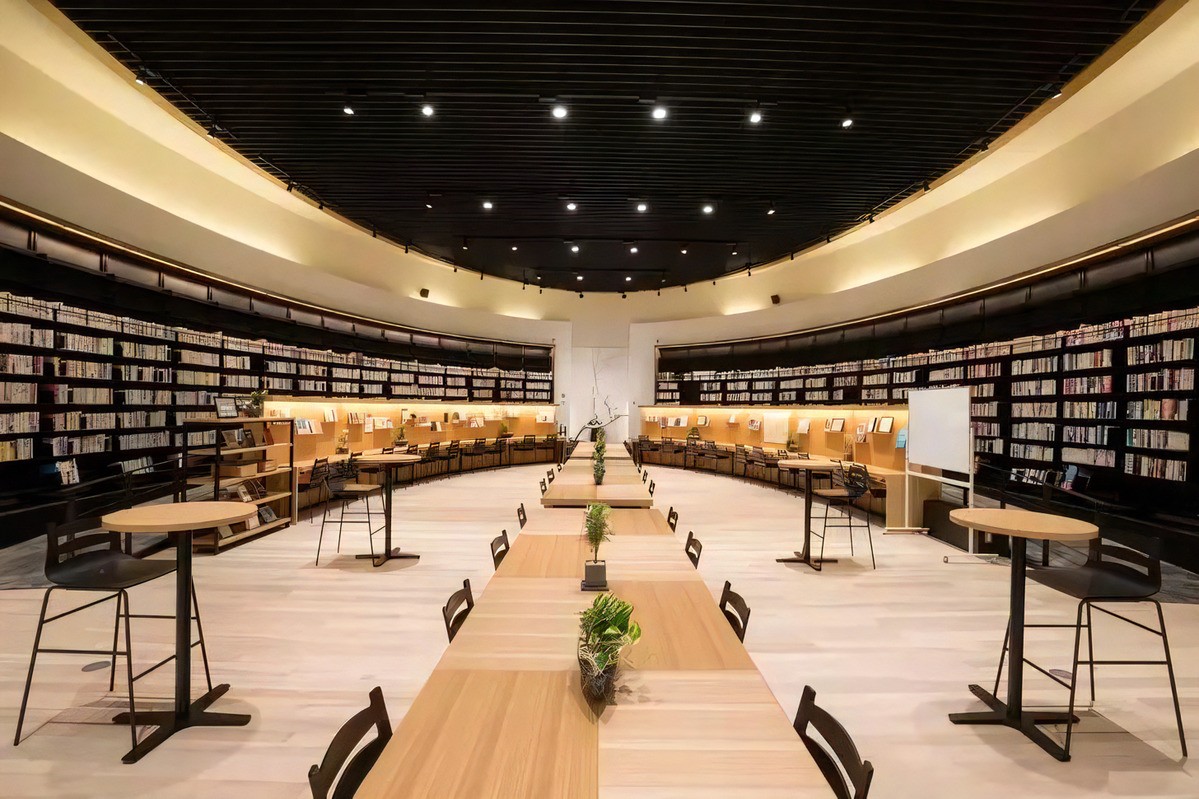
The library houses a Tsutaya Bookstore and Starbucks Café, so visitors can take breaks with a little shopping or coffee. Adjacent to Takeo City Library is the Children's Library, where you’ll find the "Kyushu Pancake Café" on the second floor, offering a variety of delicious local pancakes.
💡 Highlightg!
Tsutaya Bookstore and Starbucks Coffee are attached to the building, and if you are tired of reading, you can take a break and enjoy shopping and café time. On the second floor of the Children's Library, which is adjacent to the Takeo City Library, there is a "Kyushu Pancake Cafe" that focuses on local production for local consumption, and offers a wide variety of exquisite pancakes.
Location: 5304-1 Takeo Town, Takeo City, Saga
- Access: About 15 minutes' walk from JR Sasebo Line Takeo Onsen Station, or take the Yutoku Bus to “Library Front” or JR Kyushu Bus to "Yume Town"
- Hours: 9:00 am – 9:00 pm
- Closed: Open year-round (subject to temporary changes due to operational needs or natural disasters)
- Official Website (Japanese): https://takeo.city-library.jp/


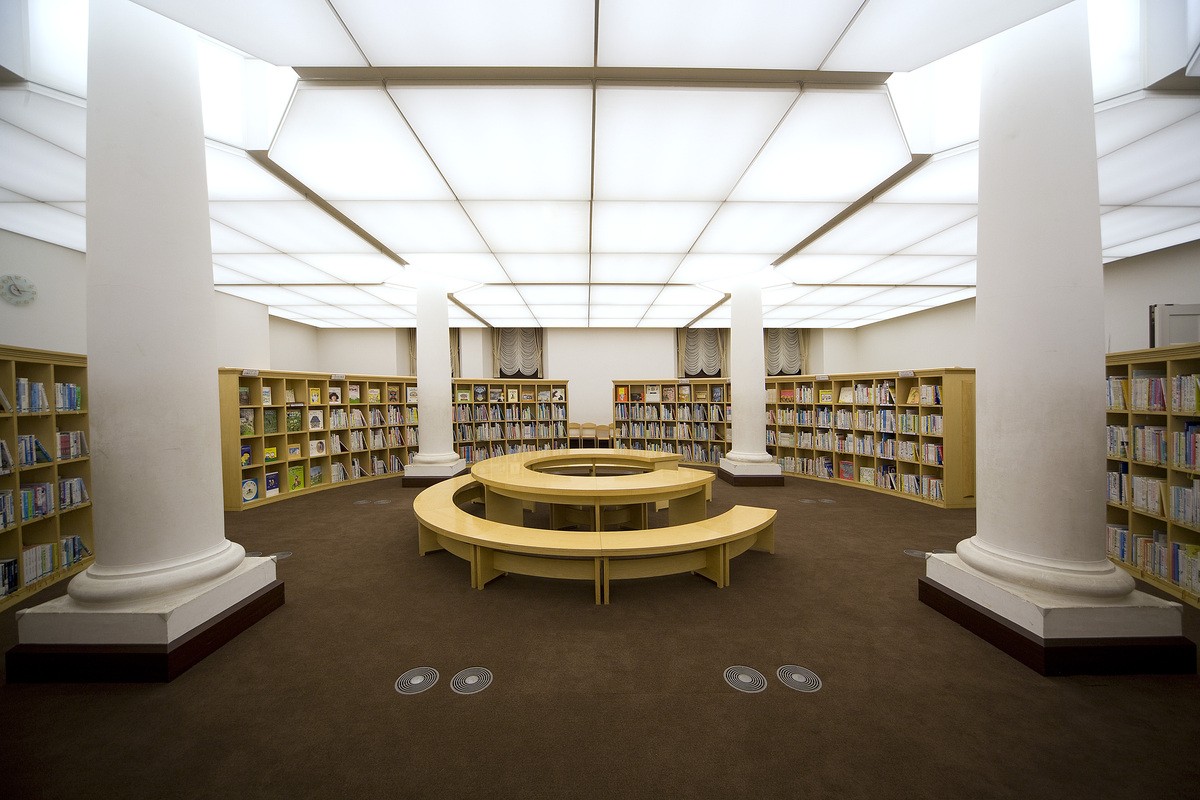
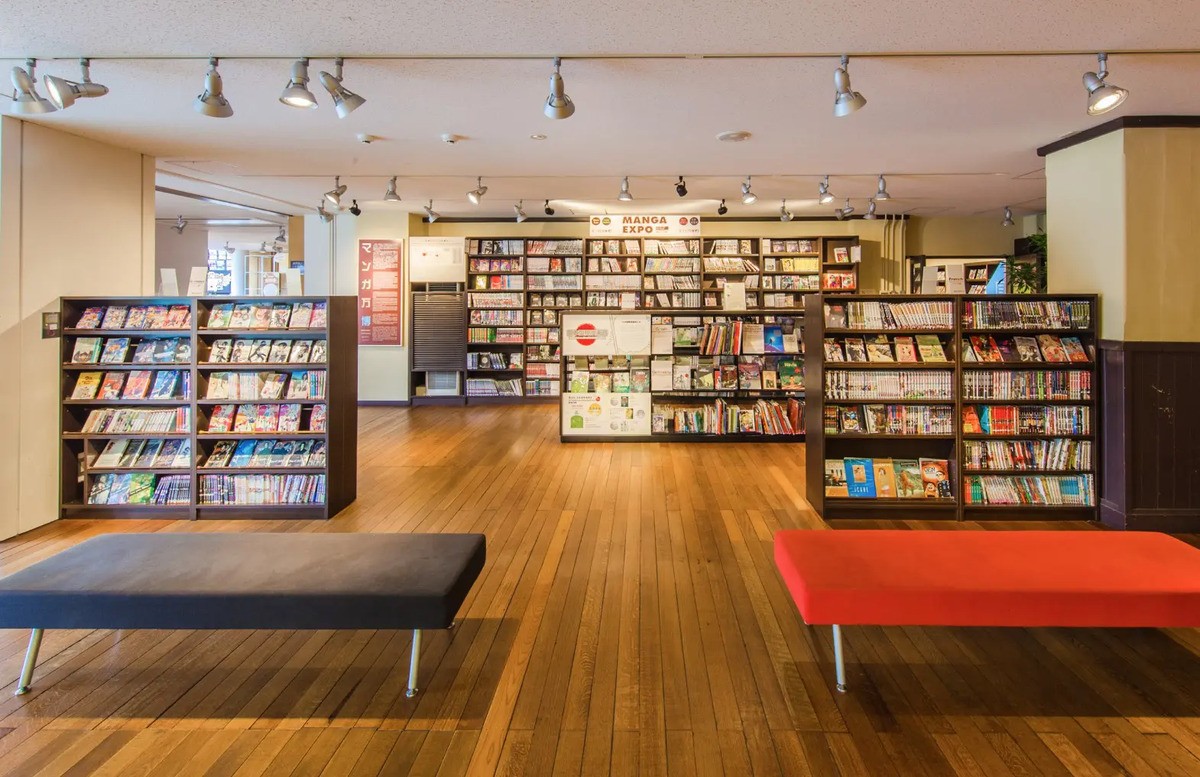
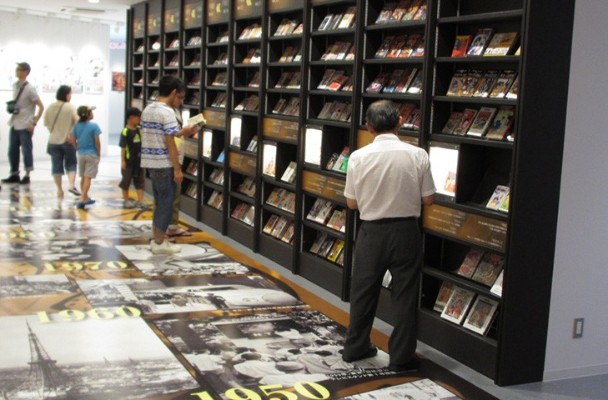
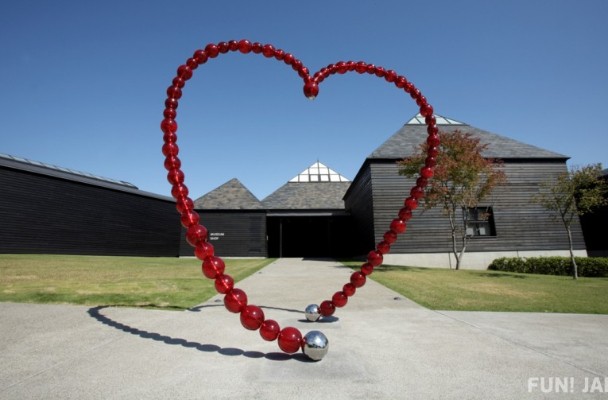
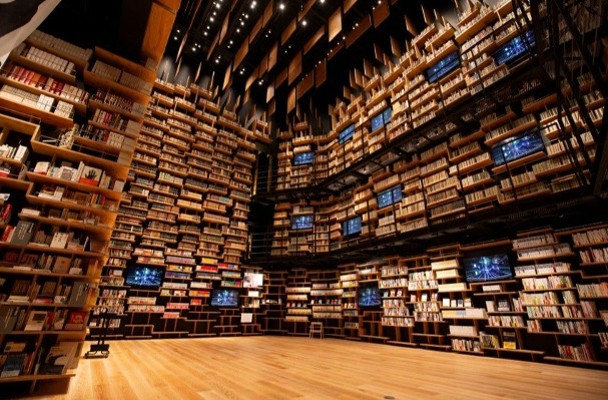
Comments